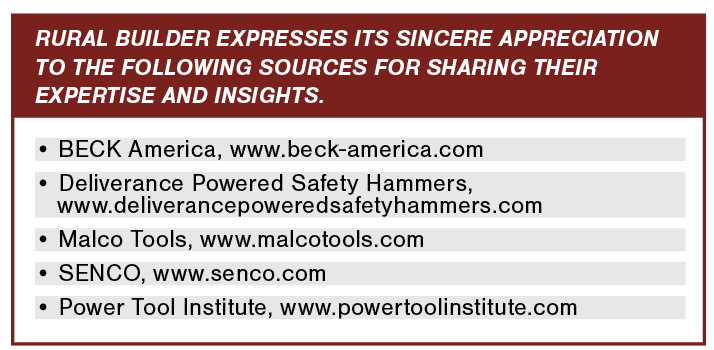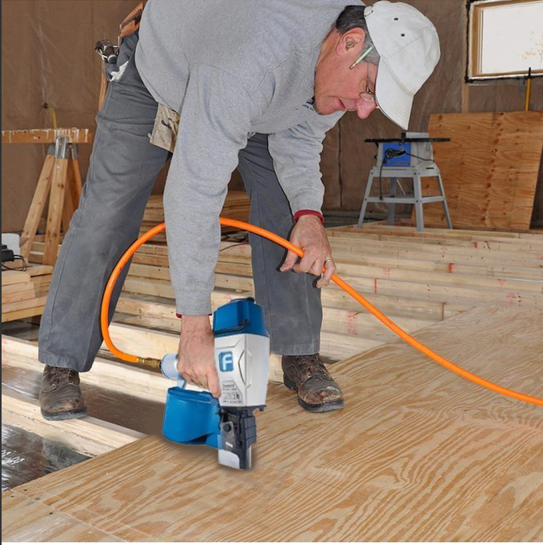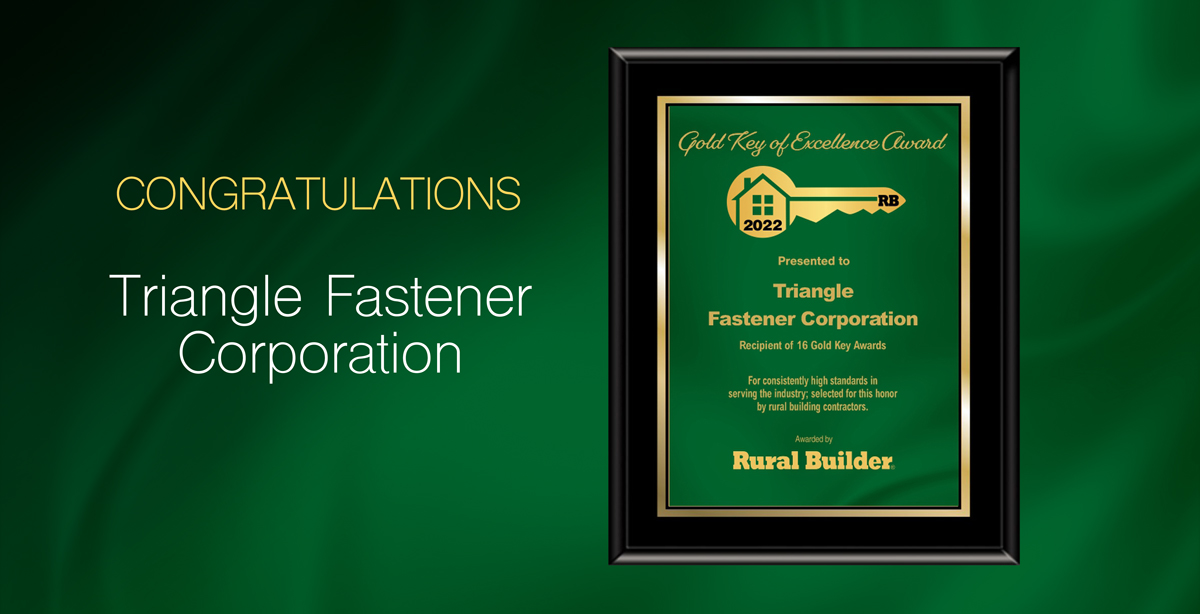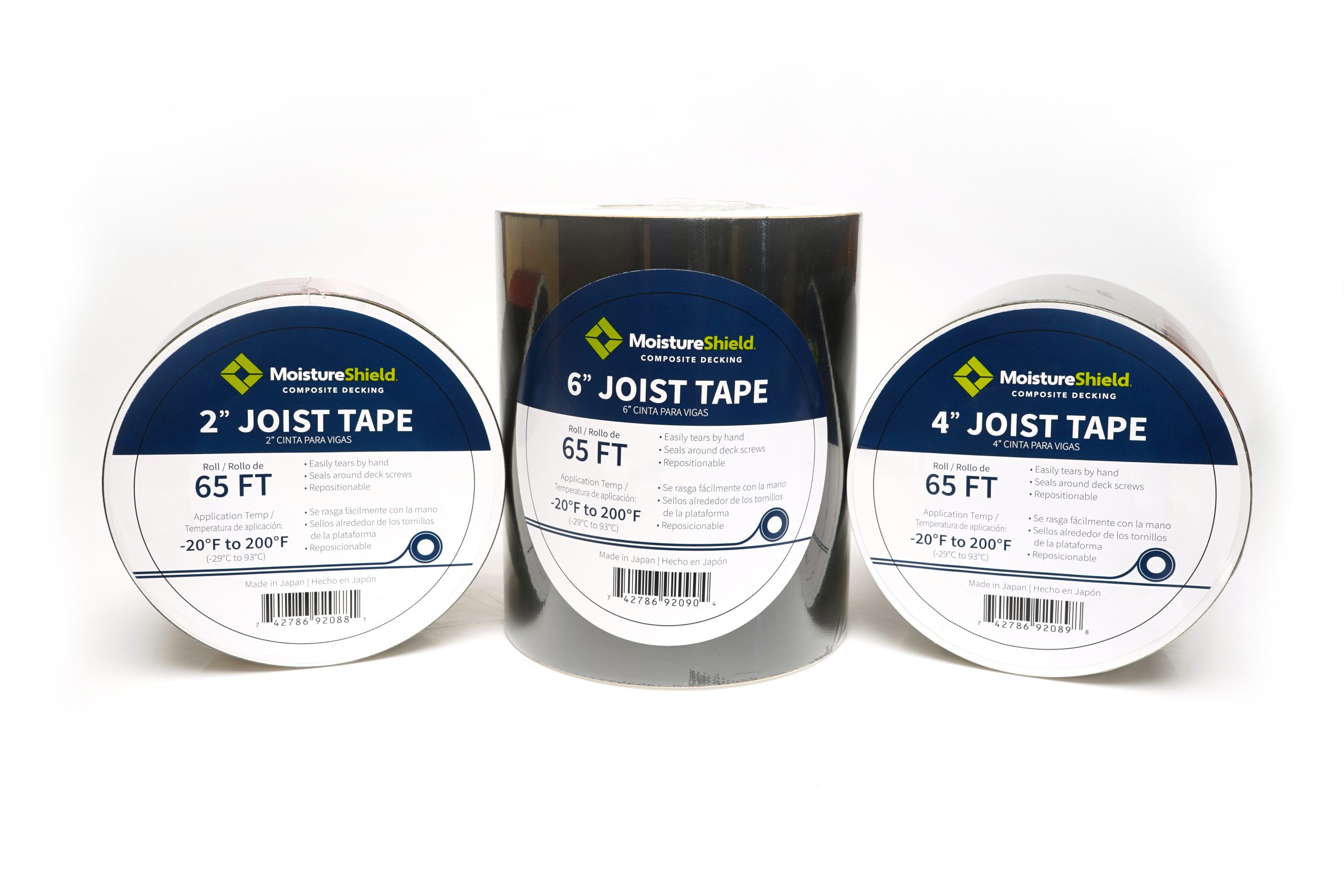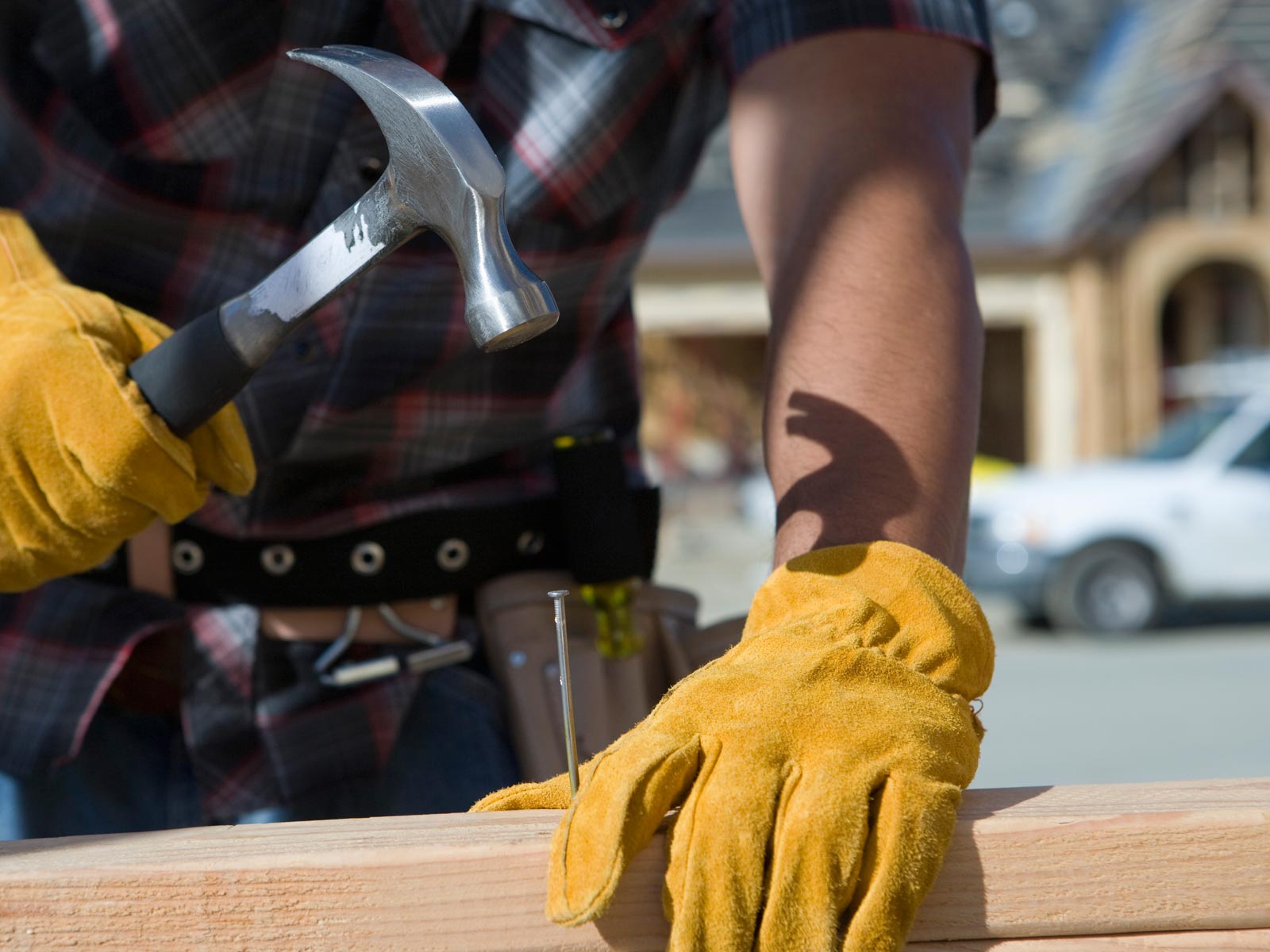By Rural Builder Staff
Whether they use collated or bulk fasteners, nail and screw guns are powerful, easy to operate, and boost productivity for fastening tasks. The consensus of the builders we polled is that they have been a game-changer – one of the best things to be developed for carpenters. There’s no comparison between driving thousands of nails by hand versus using an automatic nailer; the tool’s ability to do the physical work for you is much easier on the body. While using the powered driver options are a vast improvement, builders still experience a few relatively minor challenges.
Portable Power
The design and lifespan of battery packs for cordless nailers and drivers are the most common grievance. Accommodating multiple batteries and chargers at the jobsite when using tools from more than one manufacturer can be annoying. One reason why there is no “standard” or “universal” cordless power system: Manufacturers don’t develop technology the same or at the same rate. For example, at a given time, one company may be focusing on developing a shorter charge cycle, while another may be focusing on developing bigger, more powerful battery packs.
Regardless of the manufacturer, follow these best practices for battery storage to maximize the power and life cycle of a portable power supply:
• Don’t store batteries on their chargers.
• Always use and store the battery within the temperature limits stated by the manufacturer, and don’t store batteries in a closed location where sunlight may raise temperatures above the temperature limit (i.e. near a window or inside a vehicle).
• Don’t store or transport the battery in a container with loose metal objects (such as coins, keys or nails), which may contact the terminals.
• As a general practice, it’s best to remove battery packs and unplug battery chargers when not in use.
If you find the non-universal battery pack issue to be a major pain point, check to see if the nail or screw gun manufacturer you are considering offers attachments that will fit the battery platforms you already own. Some manufacturers have developed their tools to fit other makers’ battery platforms to give the end user the best experience.
Maintenance
To keep tools performing at their best, manufacturers recommend basic maintenance be done regularly. Pneumatic tools — especially the tools used to drive large nails — should be oiled once per day. If a nail gun is used heavily, oiling twice each day would be a good practice to follow.
Worksites can be dusty and dirty. When using a nailer to fasten asphalt shingles to the deck, be sure to keep the nose tip clean. Cleaning out the magazine track will keep the nailer performing at its best and may prolong the overall life of the tool.
At the end of the workday, perform a general cleanup of tools and blow out any dust and debris. If working with pneumatics, drain the compressor tank to expel any moisture.
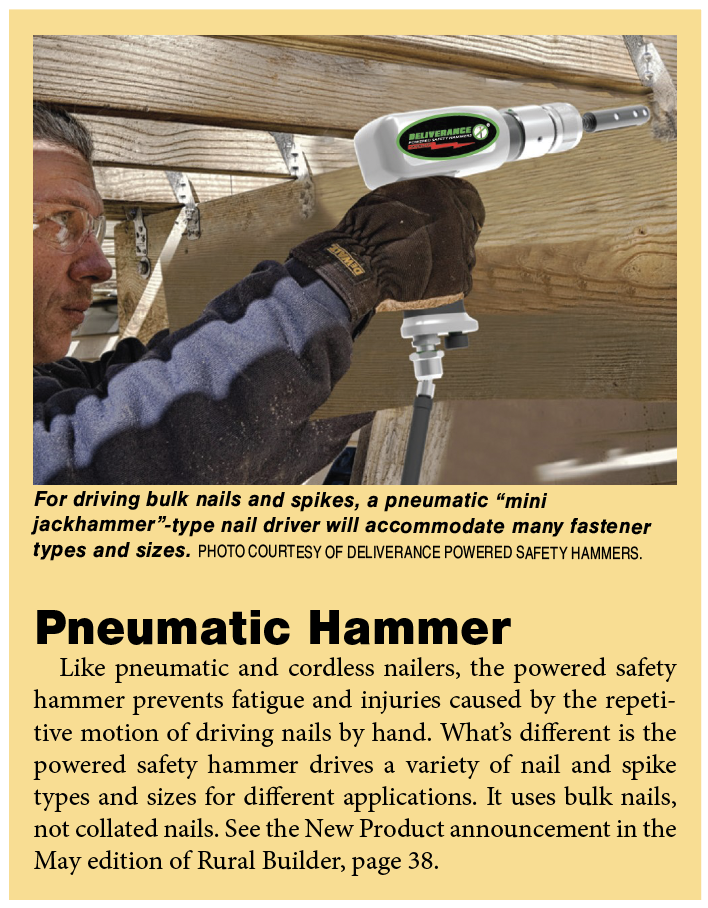
Repairs
There can be a large disparity between consumer-grade equipment and professional-grade equipment. Odds are if you buy a consumer-grade tool at a big box store, the staff will not be able to help you with any problems that arise. If the manufacturer offers a warranty or repair service, users will probably need to ship malfunctioning or non-functioning tools off at their own expense.
By comparison, manufacturers that focus on professional users keep durability, serviceability, and repairability in mind. A noteworthy benefit of buying professional-grade tools through a distributor network is the ready availability of repair services and replacement parts through either the manufacturer or the distributor. Tools are designed for constant, rigorous use and are ready to continue to serve the user past the purchase date. They are also designed so the professional user can make basic repairs.
Bulk Fasteners
There are manufacturers who cater to those builders who prefer using bulk fasteners. Careful selection of fasteners and handy accessories can make driving non-collated nails and screws quicker and easier. Consider:
• Magnetic bits, drivers, and sleeves
• Magnetic wrist band to hold fasteners
• Self-tapping screws
• High-quality nails and screws, which are less likely to bend, break, or strip.
Conclusion
By observing end users in the field, manufacturers can spot ergonomic and other issues that builders may not mention. Once they’re aware of an issue, they can hit the drawing board to come up with a solution. For example, implementing collated fasteners eliminated the need to carry around a box of screws or nails. Stand-up attachments were developed to take out the stooping and bending previously done while fastening decks.
Manufacturers are continually developing more user-friendly tools. During their research, if they ask you how they can make a tool better, do yourself and the rest of the trade a favor and tell them the problems you’re having so they can fix them. RB
Nailer Troubleshooting
Inspect The Air Supply
If the nailer is driving nails, but they’re not sinking fully, the tool likely isn’t getting enough air. Check the compressor, hose, and fittings. Adjust the air pressure settings, and make sure the compressor is suitable for the type of tool you’re using. If the tank is too small, or if it doesn’t pull enough CFM, you will have trouble driving nails consistently with larger tools like framing nailers. Additionally, listen for any air escaping from the fittings. Apply thread sealant tape if needed.
Reload the Magazine
Check that there are fasteners in the magazine. Even if there are still a few fasteners left, some tools contain a lockout mechanism that prevents firing when the magazine gets low. This prevents dry firing, which causes strain on the internal components of the tool. Worse, dry firing can cause workmanship errors if users don’t realize they’re firing blanks. Reload the magazine and see if the tool resumes firing.
Clean the Tool
If the tool is firing, but nails aren’t feeding, inspect the magazine. Over time, especially on job sites with lots of dirt and sawdust, the magazine may become dirty and the feeder mechanism may stick. Check the operation of your magazine by removing fasteners and sliding the feeder shoe back and forth. If you detect an area where it “hangs up,” clean it with canned air or a nylon brush. Clean other moving parts, as well — such as the trigger assembly and the safety actuator on the nose piece.
Replace Seals and O-Rings
Over time, internal seals degrade, particularly if they aren’t lubricated regularly (or are over-lubricated if the tool is oilless).
If the nailer won’t fire and it isn’t jammed, listen. If you hear the drive piston moving when you shake the tool, or if you hear a hissing coming from your tool’s exhaust vent or trigger, damaged seals are a likely culprit. Users who are comfortable disassembling the tool can order new seals and O-rings from their local dealer. Otherwise, an authorized service center can repair tools quickly and cost-effectively.
Inspect for Damage
If none of the above methods get the nailer firing again, thoroughly check the tool for damage such as dents and dings in the magazine that might cause the feeder to get stuck. A common issue is a bent or broken feeder spring, caused by repeatedly allowing the feeder to snap forward when loading or unloading the magazine. Check the trigger assembly, hose fittings, nosepiece, and any other parts. Stop using the tool if you see any damage, until you can get it repaired. RB
